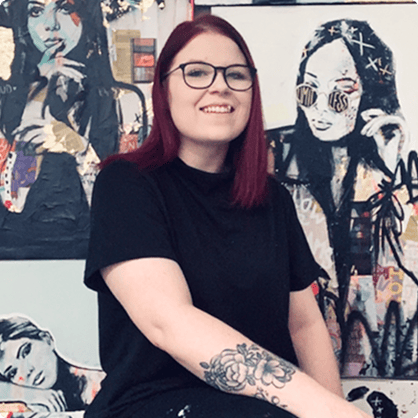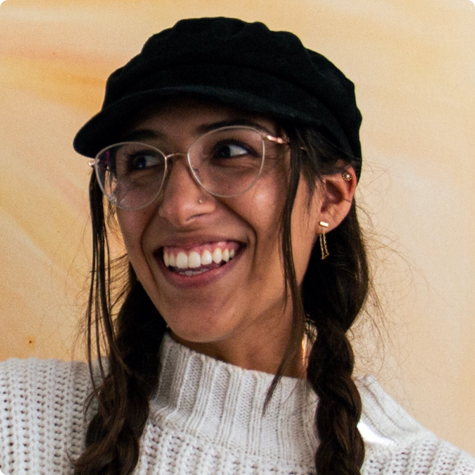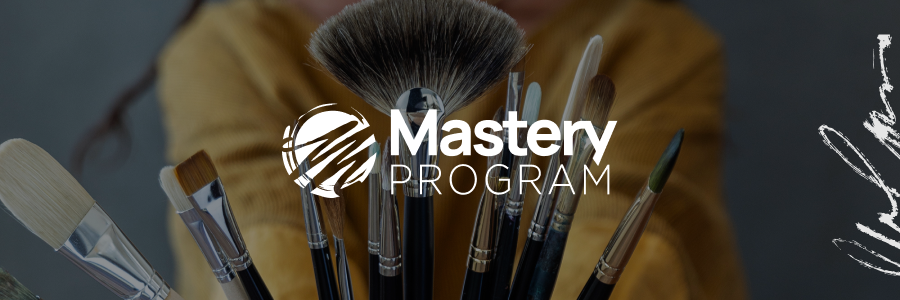The Four Stages of a Thriving Art Business
Building a successful art business doesn’t happen by chance. It unfolds through clear, intentional stages that help artists grow from creating beautiful work to running a sustainable, scalable enterprise. Each stage brings new challenges and opportunities, requiring both creativity and strategy.
The most successful artists master these four essential stages: lead generation, nurturing relationships, strategic upselling, and scaling through multiple revenue streams.
Stage 1: Lead Generation – Attracting the Right Audience 
Every art business begins with visibility. The first stage focuses on attracting the right people—those who connect with your style, story, and message. Successful artists use social media, websites, art shows, and collaborations to bring new eyes to their work.
But lead generation isn’t just about numbers. It’s about quality. Building an audience of genuine art lovers and potential collectors lays the foundation for consistent growth. Using calls to action, newsletter sign-ups, and exclusive offers helps capture attention and turn casual viewers into contacts you can nurture over time.
French Canadian artist Tanya Obu exemplifies this stage. After transitioning from a grocery store clerk to a full-time artist within a year, she focused heavily on building visibility through galleries, social media, and direct sales. Her next step was turning that attention into meaningful relationships—a key to the second stage.
Transform Your Art
🎨 Your art can grow more than you ever imagined. With the Mastery Program, you’ll gain expert training, mentorship, and a supportive community to guide you. ✨ Start today and step into your full creative potential! 🚀
Stage 2: Nurturing Relationships – Turning Interest into Connection/img-grad-feature-rita.jpg?width=333&height=400&name=img-grad-feature-rita.jpg)
Once leads are captured, the focus shifts to building relationships. This stage is where real trust develops between artist and collector. Email marketing, storytelling, and personal outreach all play a crucial role in deepening that connection.
Artists who nurture their audiences effectively communicate in a way that feels personal. They share the meaning behind their work, offer glimpses into their creative process, and show genuine appreciation for their supporters. Segmenting email lists by collector type—such as first-time buyers versus long-term collectors—allows for tailored communication that keeps people engaged.
Rita Vicari, a portrait and nature artist, thrives in this area. Her face-to-face interactions at art shows allow her to connect directly with buyers, tell her story, and build trust. After a sale, she follows up with thoughtful communication to convert print buyers into original collectors.
Stage 3: Strategic Upselling – Expanding the Collector Journey
Once trust is built, artists can create opportunities for collectors to deepen their investment. Upselling is not about pressure—it’s about providing value and creating pathways for collectors to grow alongside the artist.
Artists often start with accessible products like prints or small originals, then offer higher-end pieces, commissions, or limited editions. Scarcity and urgency, such as limited-time collections or event-based offers, encourage action while making collectors feel part of something special.
Payment plans can also make larger purchases more accessible, allowing more people to invest in meaningful pieces. By guiding collectors through this layered journey, artists can significantly increase both revenue and loyalty.
Stage 4: Scaling – Building a Sustainable, Compoundable Model
The final stage of an art business is about creating systems that sustain growth. Scaling doesn’t mean losing authenticity—it means expanding reach through efficiency and diversification.
This can look like developing multiple revenue streams: galleries, commissions, online sales, mentoring, merchandise, or themed events. It may also include collaborations or partnerships that open new markets.
Bri Zerman Felix, for example, built a studio gallery space with strong local traffic and combined it with online growth strategies like YouTube and print subscriptions. Her themed series for new mothers, paired with partnerships in the maternity community, showcases how creative business models can scale without losing artistic integrity.
At this stage, artists also begin tracking data—understanding what works, testing offers, and refining content to match collector interests. Technology and automation can support growth, but authenticity remains the heart of every interaction.
The Heart of It All: Authentic Connection
Across every stage, one principle remains constant: success comes from genuine connection. Artists who understand their collectors, communicate their stories, and stay consistent build businesses that are both profitable and fulfilling.
A thriving art business isn’t just about sales. It’s about creating a brand that reflects your heart and vision, serving collectors who value your work, and designing a life centered on creativity and purpose.
Build Your Own Thriving Art Business
At Milan Art Institute, we believe every artist has the potential to build a business that supports freedom, creativity, and impact. Through the Mastery Program, artists gain the tools to develop their craft, build confident business strategies, and grow within a vibrant, supportive community.
Whether you’re just starting or ready to scale, you can learn the systems, mindset, and structure to take your art career to the next level.
Discover how to turn your passion into a thriving, purpose-driven business.
👉 Explore the Mastery Program

